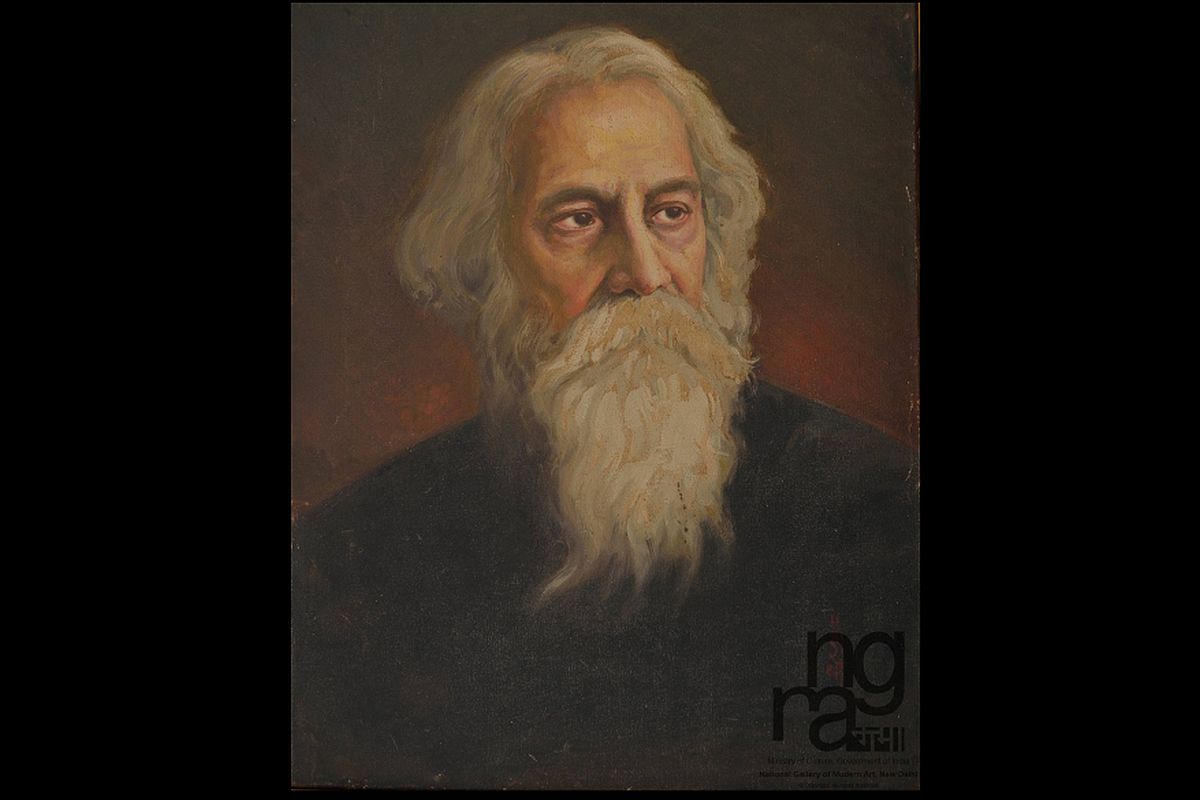Balmiki Pratibha takes the final bow with its 100th act
On Sunday, 17 November, Rabindra Sadan witnessed the 100th and final staging of Balmiki Pratibha, Rabindranath Tagore’s timeless tale of redemption.
This virtual tour presents around 102 artworks from the prominent artworks of Rabindranath Tagore from reserve collection of NGMA.

Gurudev Rabindranath Tagore
National Gallery of Modern Art will organize the Virtual Tour titled “Gurudev – Journey of the Maestro through his visual vocabulary” from Thursday to commemorate the 159th birth of Rabindranath Tagore.
This virtual tour presents around 102 artworks from the prominent artworks of Rabindranath Tagore from reserve collection of NGMA and displayed in the themes of Portraits & Head study, The Human and Mesmerizing Nature according to his composition.
Advertisement
“It’s our endeavour to pay tribute to Rabindranath Tagore – a poet, novelist and painter best known for being the first Indian to be awarded the Nobel Prize for Literature in 1913. I feel proud to present Tagore’s works and his complete literary journey through this virtual tour from their home. At the end of this virtual journey visitors can play the quiz also,” Director General of NGMA Adwaita Charan Gadanayak said.
Advertisement
“I take pride of the tireless effort our entire IT Cell headed by S S Paul to conceive and conceptualize the idea of launching Virtual Tours and designed and developed the same amidst lockdown period to facilitate our esteemed visitors with the prestigious collection of NGMA,” he added.
This virtual tour presents his entire works of art from the prestigious collection of NGMA including a textual commentary of some of his major literary contribution.
NGMA has also organised ‘Play the Quiz’ at the end of the tour for the visitors.
Rabindranath Tagore (1861-1941), popularly known as ‘Gurudev’, was born in an affluent family. The maestro was fascinated by the worlds of literature, art, music and dance at an early age. In 1913, he became the first Indian to receive a Nobel Prize in Literature for his novel ‘Geetanjali’.
He also wrote the National Anthems of India and Bangladesh. He left his imprint on art and played a role in transforming its practices and ushering into modernism.
Advertisement